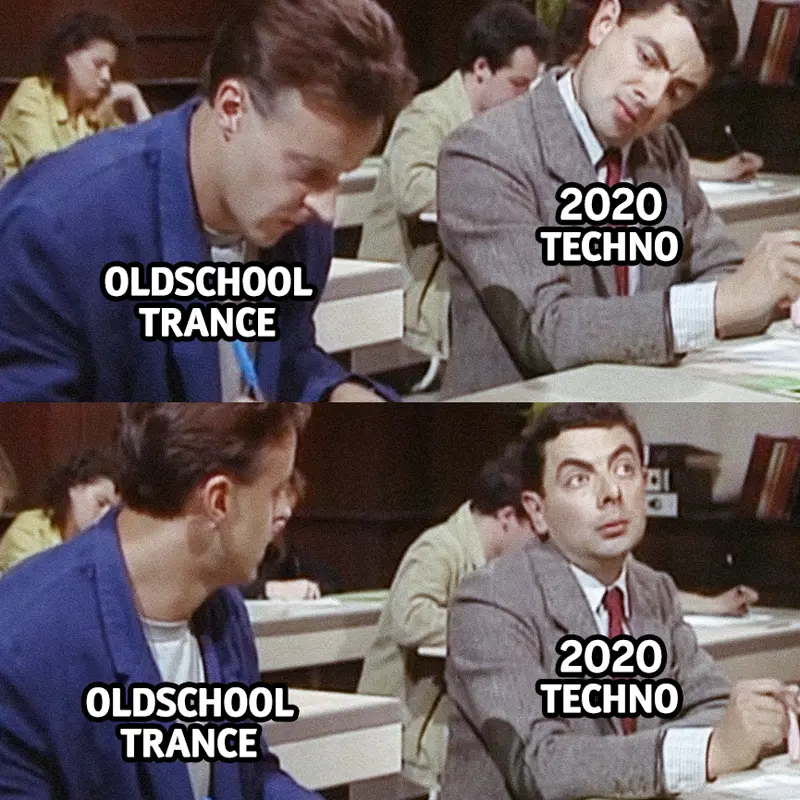Essential guide to Early Trance Music. Best releases of MFS, Eye Q, Harthouse, Platipus, Hook, Planet Rhythm, Lost Language

Recently, we have been hearing more and more about the revival of trance music. Its techniques can be spotted in trendy tracks. It seems that the period of trance music oblivion, which lasted for the last 15 years, is over. The dust was brushed off from
Let’s hear from Mark Reeder, who was in Berlin at the end of the 1980s and created the world’s first trance music label MFS Records: “It was also around this time that I realised that most of my British friends were having difficulty in connecting with this new sound of [German] techno. There were all still listening to rave band such as Happy Mondays, Inspiral Carpets of Stone Roses and had no real idea about the musical revolution that was happening in Germany. I thought about what it was that was missing for them. What could I give them to help them to connect to this new electronic dance sound? It was a hookline. They needed some form of a melody or hook to go along with the pounding beats.


